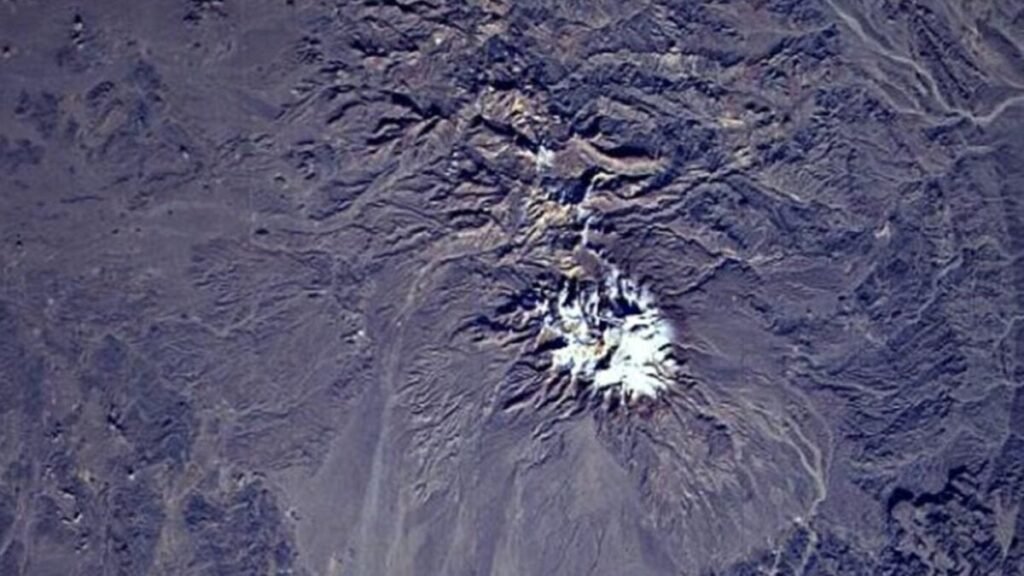“Beneath Iran’s Desert, a Dormant Volcano Begins to Stir After 710,000 Years”

In the southeast of Iran, where the desert meets the horizon and the sand seems endless, a once dormant mountain is showing signs of movement. Satellites have detected a slight rise in Mount Taftan’s body, about nine centimeters in just one year. While seemingly insignificant, in the world of volcanoes, this is equivalent to a heartbeat.
The awakening of the giant
The phenomenon was discovered with precision. Data from the European satellite Sentinel-1 between July 2023 and May 2024 revealed a progressive deformation of the terrain around Taftan. Instead of sinking post-eruption, the surface is rising, indicating underground accumulation. Vulcanologist Pablo González, a study co-author, noted, “The rise remains constant. That pressure must be released in some way, whether violently or more relaxed.”
Signals coming from the air
Residents of Khash, a city 50 kilometers from the volcano, reported a persistent sulfur smell in 2023. This was not imagined—gases were emitting from Taftan’s cracks. Iranian student Mohammad Hossein Mohammednia, part of the research team, observed a slow rise in the volcano’s top through satellite images, suggesting internal pressure. Further measurements pinpointed the source between 490 and 630 meters deep, where magma and steam could be in motion.
The volcano that was never completely asleep
Despite its apparent dormancy, the mountain was never entirely cold. While no explosive eruptions have been recorded in geological history, fumarolic activity has persisted. Vapor emissions and sulfur deposits still dot the volcano’s slopes, indicating lingering internal heat. Now, however, this heat is intensifying. Experts liken the situation to a pressure cooker, where gas and magma can stay contained for years… until the system decides to release the built-up tension.






